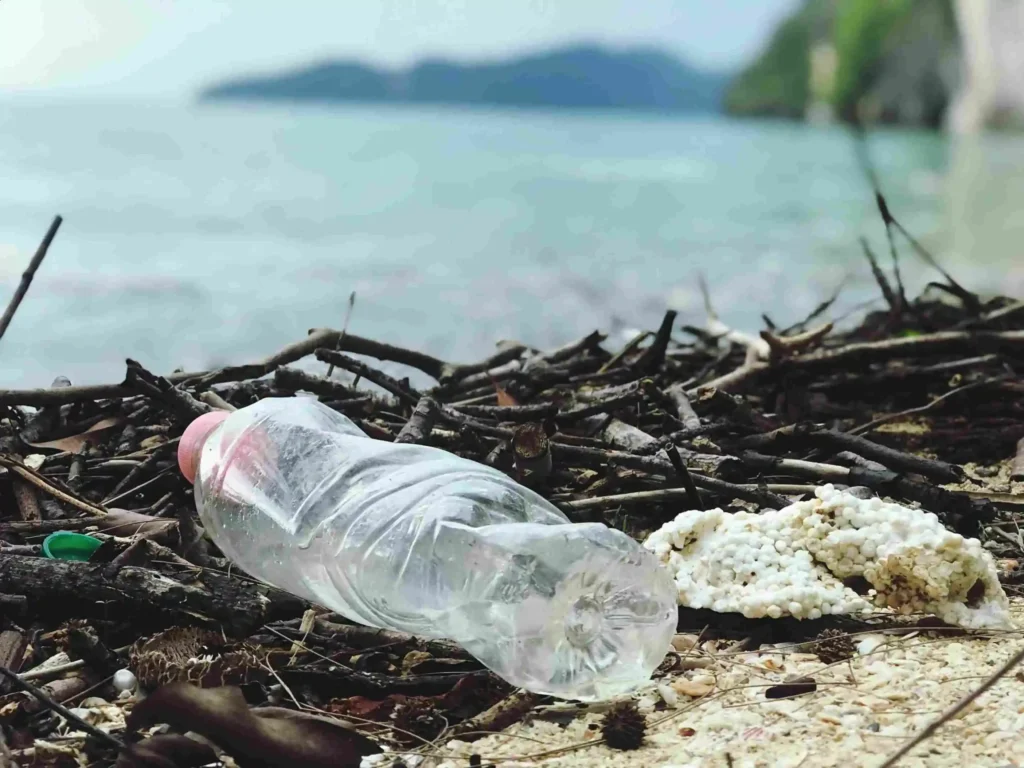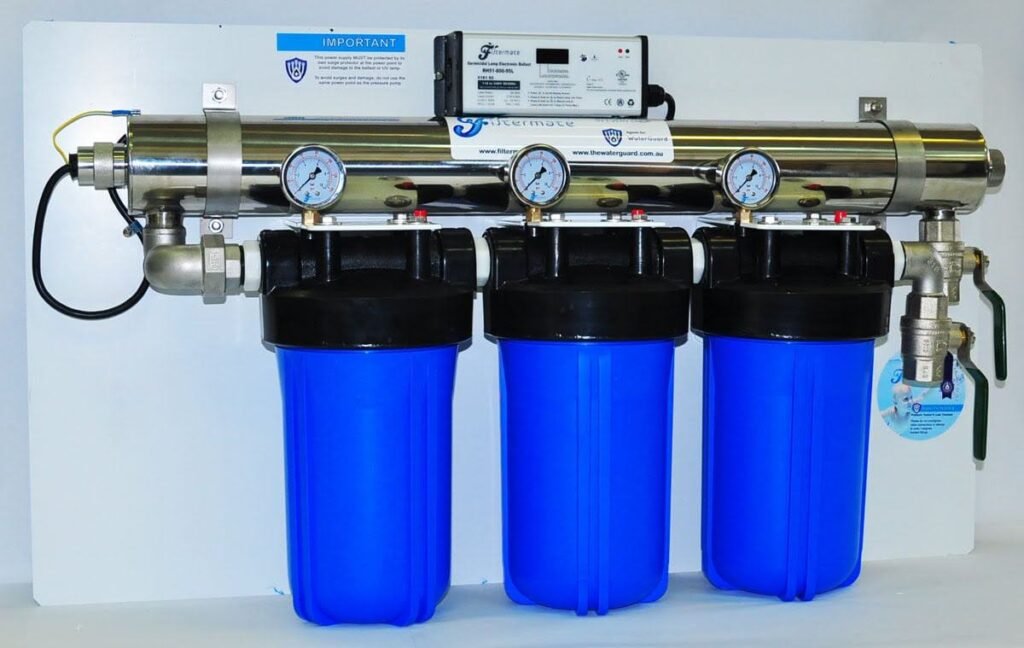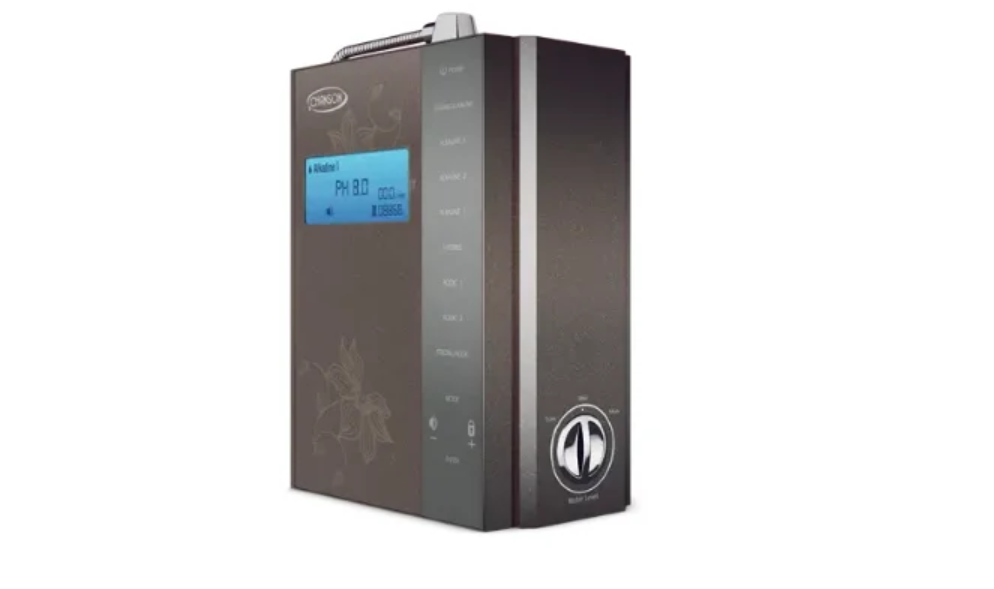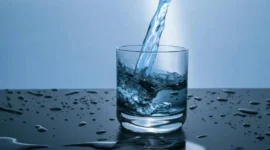
Common Contaminants in Kathmandu’s Water and How to Remove Them
- Water Filtration Systems
- May 23, 2025

Table of Contents
Kathmandu’s water is subject to a complex mixture of pollutants. Sediments and chemicals from the surrounding hills are transported in rainwater runoff into rivers and aquifers. Corroded old pipes can leach lead and other heavy metals. Open drains in densely populated neighbourhoods introduce bacteria and viruses into shallow wells. All of these are hazardous to people’s health and wellness.
To know the contaminants in water in Kathmandu is the beginning of having safe drinking water in Kathmandu. You might notice your tap water to be cloudy or give off a light, earthy smell. They are indications of turbidity and organic substances. But microbes and metal ions cannot be seen, and may be more harmful.
Prolonged intake of arsenic, for instance, can give you skin ailments or even cancer. Similarly, bacteria such as E. coli can give you very painful stomach distress.
Boiling and chlorine tablets destroy germs, but don’t take out metals or decrease cloudiness. For permanent safety, you require effective water purification in Kathmandu and certified water filtration units.
This manual will take you through ten key contaminant groups – heavy metals, microorganisms, and physical sediments – and new removal methods. At the end of it all, you will easily understand why switching to the appropriate filter is important.
Heavy Metals and Water Pollutants
Heavy metals like lead, arsenic, manganese, and fluoride commonly pollute Kathmandu’s water through natural rock weathering and pipe corrosion. Arsenic mobilized from Himalayan soils can be contained in groundwater pumped from deep aquifers.
Old buildings’ lead pipes or soldered joints can leach into drinking water. Both arsenic and lead are carcinogenic and have health effects over the long term: skin lesions, children’s developmental delay, and even cancer.
Testing is simple. Home testing kits can test the concentration of metals in water, and local labs can confirm levels in a few days. Where the levels are greater than safe, residents must act fast.
Reverse-osmosis (RO) units filter out more than 95 percent of dissolved heavy metals. Activated-carbon cartridges filter lead and organic chemicals. But these technologies require upkeep work. A plugged RO membrane won’t protect you.
The choice between water filtration systems is one of compromise. Pitcher purifiers are cheap but require frequent cartridge replacement. Under-sink RO models occupy space and provide constant water pressure.
Whole-house systems protect all faucets at a higher cost of purchase. Regular testing and early filter replacement ensure these systems realize their potential. Adequate metal removal investment now saves medical costs later.
Biological Contaminants of Water
Biological contaminants—protozoa, viruses, and bacteria—are widespread in Kathmandu’s antiquated water system. Sewage spills and open drains often flow into farming canals and public wells.
E. coli, Vibrio cholerae, and rotavirus pathogens lead to diarrhea, dehydration, and even cholera epidemics. Monsoon months’ heavy rains further fuel contamination by inundating drains and fields.
Reboiling kills most microbes, but it contributes to energy costs and makes the water taste stale. Chlorination is effective, but can form disinfection by‑products that are themselves plagued with health issues.
New water purifying technologies in Kathmandu apply ultraviolet (UV) disinfection and fine‑pore ceramic filters. UV lamps eradicate bacteria and viruses within seconds. Ceramic candles filter protozoan cysts as small as 0.3 microns.
For hectic households, plug-and-play UV+carbon purifier systems offer low effort and high volume. Certified units list their log-reduction ratings, which tell you exactly how many different types of pathogens they inactivate.
Replacement of UV bulbs annually and cleaning ceramic filters monthly keep them working; no need for boiling or chemicals. With proper installation, these units deliver consistently safe drinking water in Kathmandu—no chemicals or boiling required.
Turbidity and Physical Impurities

The word turbidity is a synonym for cloudiness in water, caused by suspended matter such as silt, rust, and organic matter. In Kathmandu Valley, runoff from unpaved roads and disturbed streambeds injects fine sediments into the groundwater recharge zone. Elevated turbidity isn’t only unsightly—it also provides hiding places for bacteria and shortens the lifespan of downstream filters.
You might try a jar test: fill a transparent glass with your tap water, let it rest for 30 minutes, and observe how particles settle. Turbidity is measured in Nephelometric Turbidity Units (NTU); turbidities above 5 NTU need to be treated. For sediment, multi-stage water filtering units start with coarse pre-filtering of sediment (5 µm) followed by medium (1 µm) and, if needed, fine (0.5 µm) carbon block.
Adding a sediment cartridge specifically designed for prefiltering before an RO or UF membrane extends system life and preserves flow rate. Every two to three months, replace sediment filters in high-turbidity locations. If ignored, total suspended debris not only plugs filters but creates breeding sites for bacteria as well. Removing turbidity is the key to successful water purification in Kathmandu and allows your follow-on stages to operate at maximum efficiency.
Traditional and Modern Methods for Water Purification in Kathmandu
Traditionally, Nepali families have used boiling, solar disinfection (SODIS), and alum-based sedimentation. Boiling is widely recognized but expensive in terms of fuel. SODIS—leaving clear bottles in sunlight—only functions on sunny days and processes small amounts. Alum dosing settles particles but introduces aluminum salts into your water.
A modern approach to water filtration in Kathmandu today is to offer high-end options. Reverse osmosis machines remove dissolved solids and heavy metals. Ultraviolet‑LED filters kill microbes without altering water chemistry.
Ion‑exchange units soften hard water by exchanging calcium and magnesium with sodium. Each offers advantages as well as disadvantages: RO needs pressure and generates wastewater, UV requires electricity, and ion‑exchange requires salt replacement.
In city flats, space-saving RO+UV combinations are the solution. In off‑grid homes, gravity‑fed ceramic filters with integral UV modules do not need electricity.
Guesthouses in Thamel have seen a 70 percent reduction in stomach disease after changing to UV+carbon systems. By balancing local requirements—water quality, finance, availability of power—the residents can achieve an optimal blend of innovation and tradition to realize really safe drinking water in Kathmandu.
Water Purification Machines for Homes

Choosing a filtration system depends on the contaminant profile of your household and its daily water needs. Gravity filters do not require power, but filter water slowly.
Countertop RO systems filter up to 10 litres daily but require constant pressure. Under-sink hybrids use ultrafiltration (UF) in conjunction with RO, providing quick flow and wide contaminant removal. Whole-house filters guard all outlets but must be installed by professionals.
Key factors are:
- Initial cost vs. long-term costs: Pitcher filters are low initially but more expensive in the long run than cartridges.
- Efficiency of removal: Ensure to check NSF or US FDA & Medical Grade approvals, which can assure the rate of metal and microbe removal.
- Maintenance: Filter replacement, UV‑lamp replacement, cleaning cycles.
- Space and power: Can you stick the unit under a sink? Do you have a stable power cord?
A side-by-side comparison is useful. For example, a countertop RO system may cost NPR 25,000, and monthly filter replacements will be NPR 1,000. An under‑sink hybrid, on the other hand, costs NPR 40,000, but reduces replacement expenses. Put these amounts against your family size and usage. For more information, see how our filters remove harmful impurities.
Chanson Alkaline Water Ionizer
When you look for something beyond mere impurity elimination, try the USA No. 1 Brand—the Chanson Alkaline Water Ionizer. This US FDA & Medical Grade Approved Device incorporates patented Hydrogen Boost Technology to enrich water with molecular hydrogen, providing antioxidant benefits. Concurrently, it increases pH up to 11.5, creating true alkalized water.
Why Chanson? Its low power consumption makes it a money-saver in electricity, first. It doesn’t use chemicals to achieve a pH level of 2.5 (acidic) to 11.5 (alkaline), second. That translates to 100 percent natural and safe water. Third, each unit has a 32‑point quality check at nine distinct levels before rolling off the production line—your guarantee of lasting performance.
Above technical specifications, Kathmandu users commend its minimalist look and simple touchscreen interface. The device alerts you when filters must be replaced and keeps a record of daily usage. If you care about health, taste, and appearance, Chanson stands as the best water purification system in Kathmandu.
Hydrogen Boost Technology and Alkaline Water Machine

Hydrogen‑rich water has been seen to have the potential to alleviate oxidative stress. Clinical trials indicate that molecular hydrogen to relieve inflammation, aid in quicker recovery after exercise, and promote cellular hydration. This all resonates with callisthenics and fasting culture among Nepali health enthusiasts.
The Chanson Alkaline Water Ionizer separates incoming water into alkaline and acidic streams by electrolysis. It then recombines them at particular pH levels—2.5 to 11.5—without an additive. Hydrogen Boost Technology within the equipment injects dissolved hydrogen gas into the alkaline stream in concentrations up to 1.2 ppm.
Kathmandu’s yoga studios and meditation centers are offering demos of this technology along with their workshops, as more and more people approach them and share their experiences of easier digestion, brighter skin, and increased energy. This technology transforms pure water into a functional wellness beverage. In that sense, it elevates water purification from a safety measure to a holistic upgrade.
Cost‑Effective Strategies for Removing Water Contaminants
Budget is important. Conveniences come at a cost, frequently five times more per litre than domestic systems. Fuel and time are lost to boiling. A good quality RO system with multi-stage filtration can cost NPR 30,000 upfront, plus NPR 1,200 a month for consumables. Five years later, that still beats bottled and saves trips to the hospital.
Chanson alkaline water ionizers, although more expensive at approximately NPR 50,000, conserve electricity due to low-wattage usage. Their heavy-duty construction and 32-point quality check reduce repair expenses. Dealers usually offer bundle discounts with yearly maintenance packages. Always ensure US FDA certification to prevent counterfeit units.
Determine your break‑even point: compare the LPG and bottled‑water expenses with the replacements of filters and electricity bills. Consider fewer sick days and medical costs while drinking pure water. Long term, strong water purification in Kathmandu systems provides value and peace of mind that cannot be beaten.
Safe Drinking Water in Kathmandu: The Future Steps Toward Removing Water Contaminants
We have explored the key contaminant categories—heavy metals, microbes, turbidity, and more—and matched them with proven removal methods. From simple sediment pre‑filters to advanced Chanson Alkaline Water Ionizers, solutions exist for every budget and use case.
To finalize your water‑safety plan, follow these steps:
- Test your tap water at a certified lab.
- Select a system certified for your top contaminants.
- Install and register the device for warranty.
- Maintained by replacing filters and UV lamps on schedule.
- Retested yearly for performance.
Choose SC Incorporated for clean water solutions and keep at bay the contaminated water and the problems associated with it. Drink with confidence by getting the comprehensive address of water contaminants in Kathmandu.
Frequently Asked Questions
What is the most common contaminant in Kathmandu’s water?
Arsenic from natural aquifers and lead from aging pipes are among the most prevalent contaminants.
Can I rely on boiling alone for safe drinking water?
Boiling kills microbes but does not remove heavy metals or sediments.
How often should I replace filters in an RO unit?
Typically, every 6–12 months for sediment and carbon filters, and every 2–3 years for RO membranes.
Is alkaline water safe for daily consumption?
Yes—Chanson ionizers adjust pH naturally without chemicals, making it safe and beneficial.
Do UV purifiers require electricity?
Yes, UV lamps need a stable power supply and should be replaced annually.
Are there low‑power water filtration devices?
Gravity filters and ceramic units work without electricity but process water slowly.
How can I test my home water quality?
Use home test kits for basic checks or send samples to a local accredited laboratory.
Related Post

- 18 Apr 2025
- 0
- 0
A Guide to Address the Challenges of Accessing Quality Water in Kathmandu and Other Major Cities in Nepal
Kathmandu’s thirst intensifies each year. Urbanization at high speed stresses the valley’s
Read More
- 11 Apr 2025
- 0
- 0
How Does Rainy Season Affect the Quality of Your Drinking Water?
In Nepal, the rainy season does more than just usher in wet weather—it ushers in particular problems
Read More
